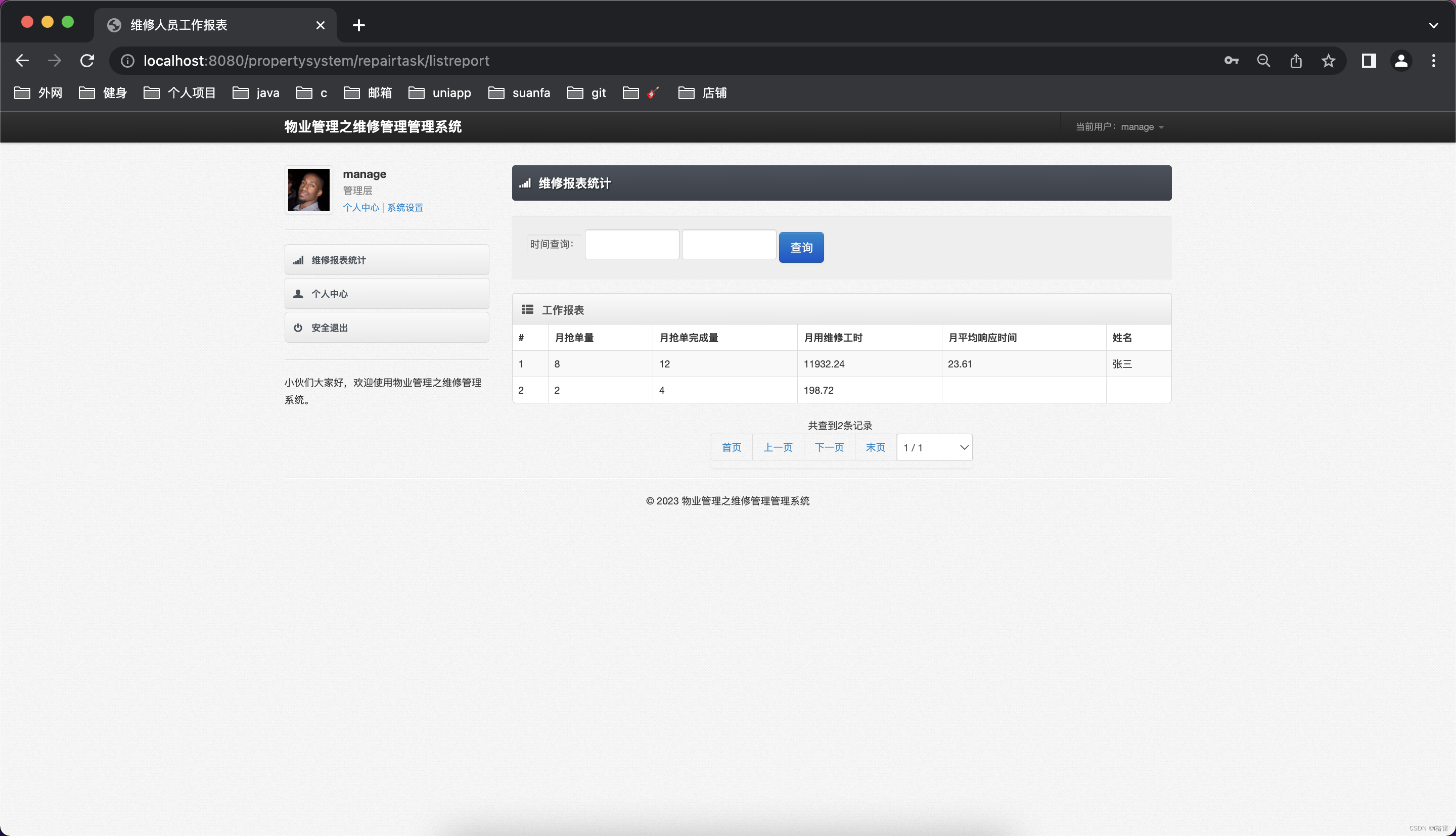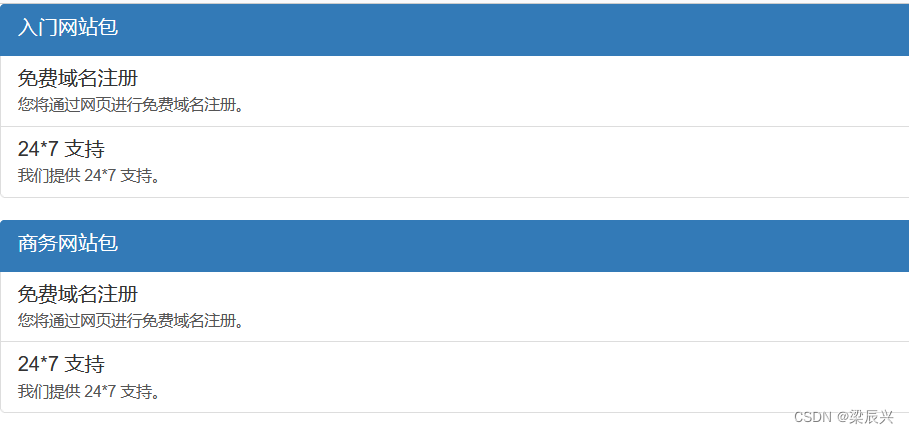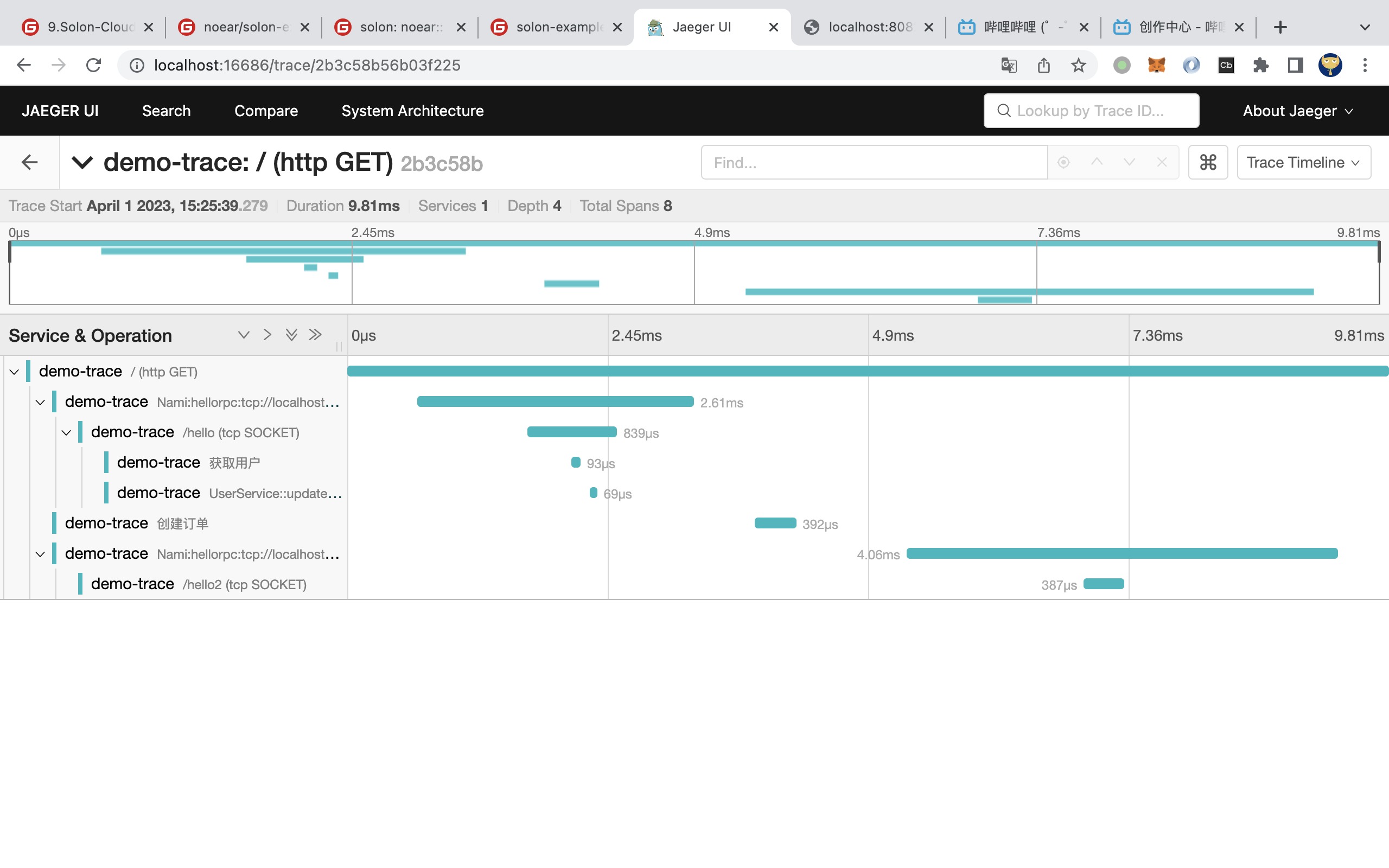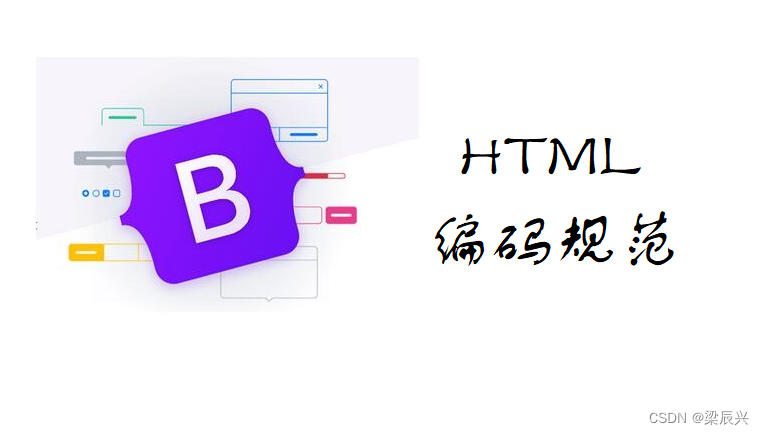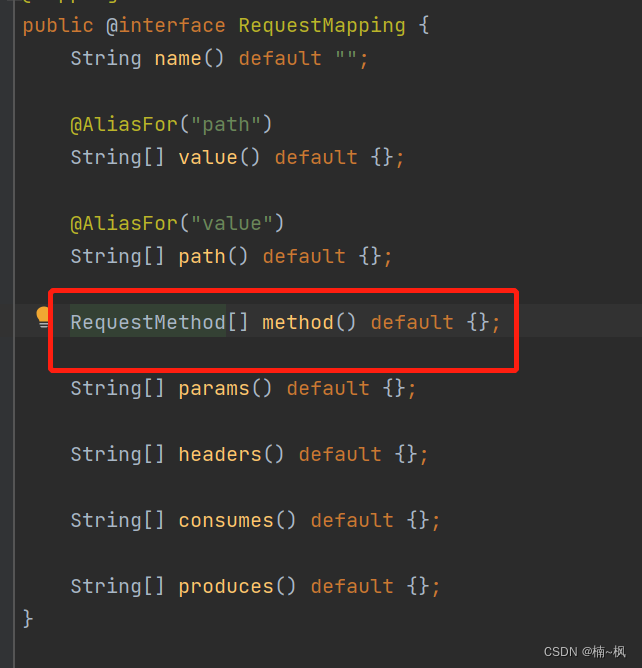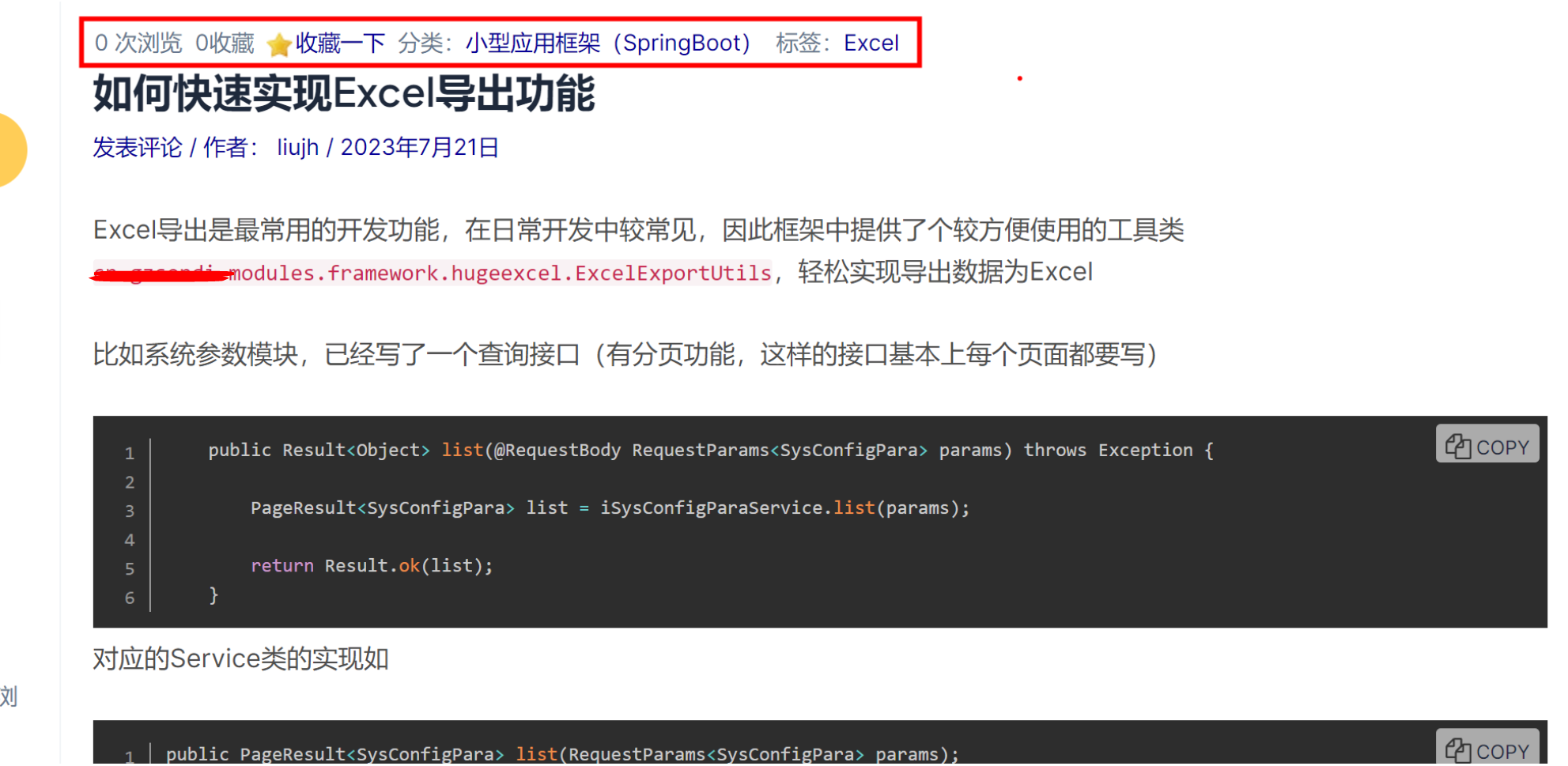1、设计模式七大原则
1.1 设计模式的目的
编写软件过程中,程序员面临着来自 耦合性,内聚性以及可维护性,可扩展性,重用性,灵活性 等多方面的挑战,设计模式是为了让程序(软件),具有更好
- 代码重用性 (即:相同功能的代码,不用多次编写)
- 可读性 (即:编程规范性, 便于其他程序员的阅读和理解)
- 可扩展性 (即:当需要增加新的功能时,非常的方便,称为可维护)
- 可靠性 (即:当我们增加新的功能后,对原来的功能没有影响)
- 使程序呈现高内聚,低耦合的特性
1.2 设计模式常用的七大原则
设计模式原则,其实就是程序员在编程时,应当遵守的原则,也是各种设计模式的基础(即:设计模式为什么这样设计的依据)
- 单一职责原则
- 接口隔离原则
- 依赖倒转(倒置)原则
- 里氏替换原则
- 开闭原则
- 迪米特法则
- 合成复用原则
2、单一职责原则
2.1 基本介绍
对类来说的,即一个类应该只负责一项职责。如类 A 负责两个不同职责:职责 1,职责 2。当职责 1 需求变更而改变 A 时,可能造成职责 2 执行错误,所以需要将类 A 的粒度分解为 A1,A2
2.2 例子
2.2.1 存在问题
若是用同一个方法,显然无法处理这3种交通工具,违反了单一职责,想法是把类拆分或者把方法拆分。
package com.atguigu.principle.singleresponsibility;
public class SingleResponsibility1 {
public static void main(String[] args) {
// TODO Auto-generated method stub
Vehicle vehicle = new Vehicle();
vehicle.run("摩托车");
vehicle.run("汽车");
vehicle.run("飞机");
}
}
// 交通工具类
// 方式1
// 1. 在方式1 的run方法中,违反了单一职责原则
// 2. 解决的方案非常的简单,根据交通工具运行方法不同,分解成不同类即可
class Vehicle {
public void run(String vehicle) {
System.out.println(vehicle + " 在公路上运行....");
}
}
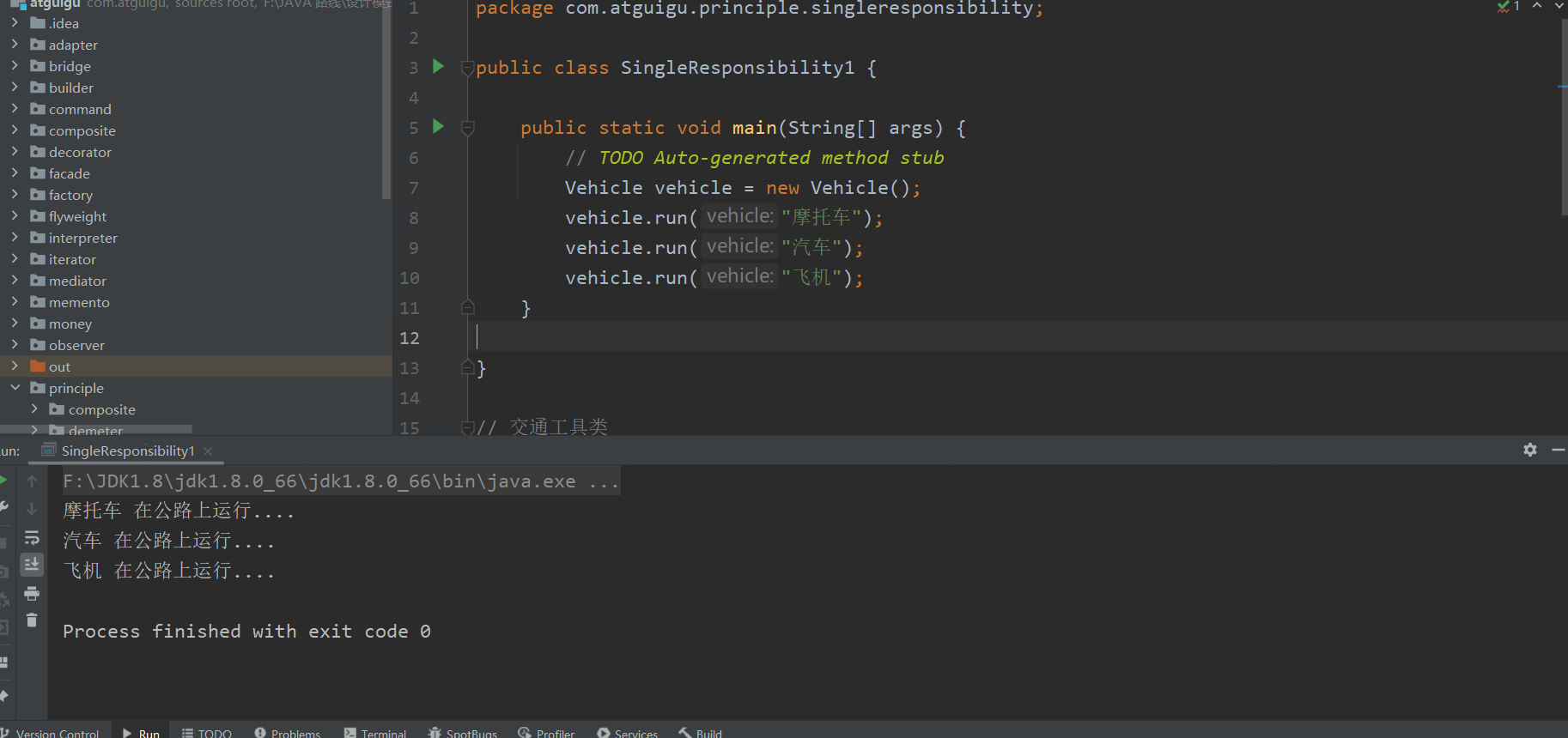
2.2.2 把类拆分
这里我们拆分成3个类,分别处理对应的交通工具
package com.atguigu.principle.singleresponsibility;
public class SingleResponsibility2 {
public static void main(String[] args) {
// TODO Auto-generated method stub
RoadVehicle roadVehicle = new RoadVehicle();
roadVehicle.run("摩托车");
roadVehicle.run("汽车");
AirVehicle airVehicle = new AirVehicle();
airVehicle.run("飞机");
}
}
//方案2的分析
//1. 遵守单一职责原则
//2. 但是这样做的改动很大,即将类分解,同时修改客户端
//3. 改进:直接修改Vehicle 类,改动的代码会比较少=>方案3
class RoadVehicle {
public void run(String vehicle) {
System.out.println(vehicle + "公路运行");
}
}
class AirVehicle {
public void run(String vehicle) {
System.out.println(vehicle + "天空运行");
}
}
class WaterVehicle {
public void run(String vehicle) {
System.out.println(vehicle + "水中运行");
}
}
roadvehicle类
class RoadVehicle {
public void run(String vehicle) {
System.out.println(vehicle + "公路运行");
}
}
airvehicle类
class AirVehicle {
public void run(String vehicle) {
System.out.println(vehicle + "天空运行");
}
}
watervehicle类
class WaterVehicle {
public void run(String vehicle) {
System.out.println(vehicle + "水中运行");
}
}
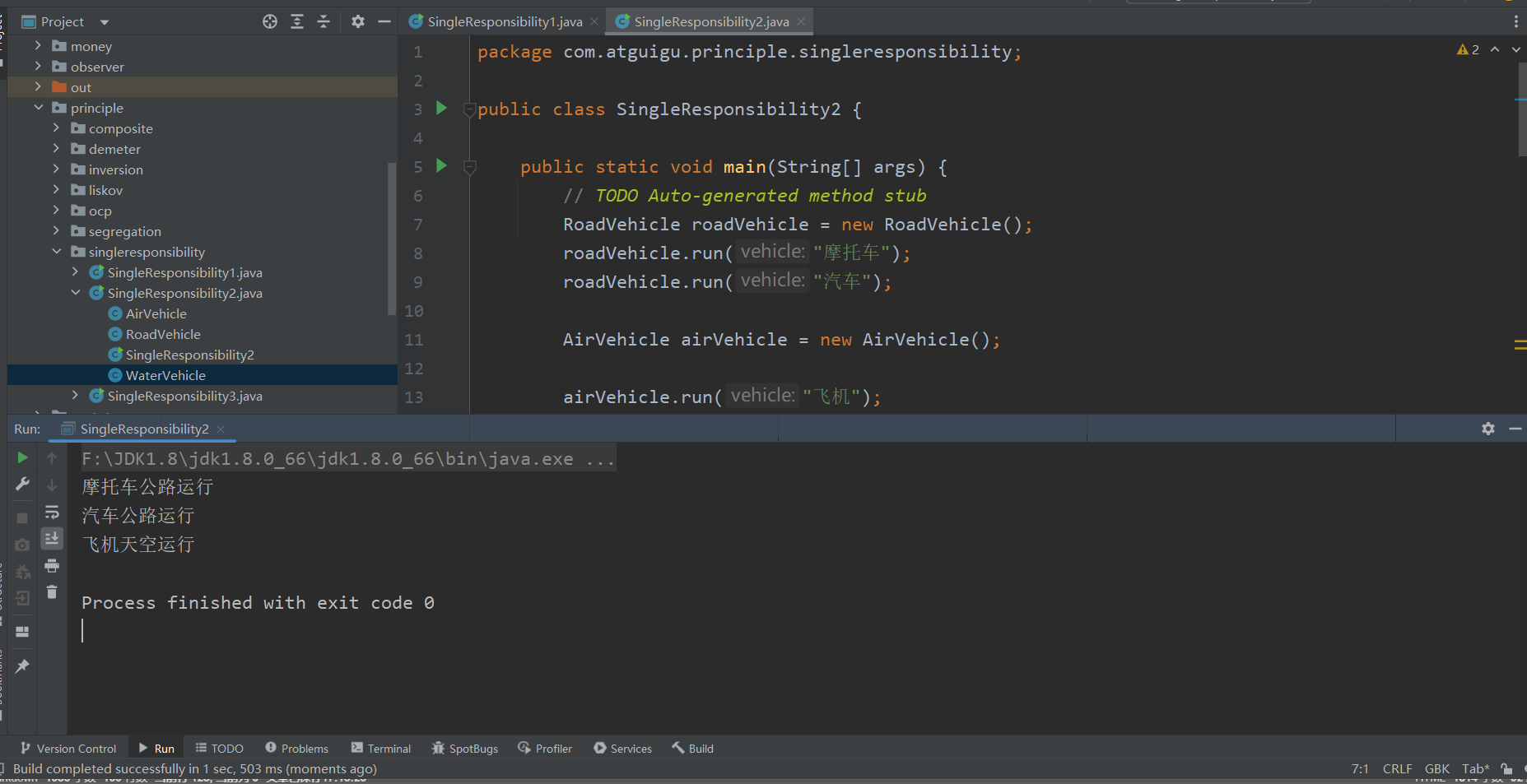
2.2.3 把方法拆分
package com.atguigu.principle.singleresponsibility;
public class SingleResponsibility3 {
public static void main(String[] args) {
// TODO Auto-generated method stub
Vehicle2 vehicle2 = new Vehicle2();
vehicle2.run("汽车");
vehicle2.runWater("轮船");
vehicle2.runAir("飞机");
}
}
//方式3的分析
//1. 这种修改方法没有对原来的类做大的修改,只是增加方法
//2. 这里虽然没有在类这个级别上遵守单一职责原则,但是在方法级别上,仍然是遵守单一职责
class Vehicle2 {
public void run(String vehicle) {
//处理
System.out.println(vehicle + " 在公路上运行....");
}
public void runAir(String vehicle) {
System.out.println(vehicle + " 在天空上运行....");
}
public void runWater(String vehicle) {
System.out.println(vehicle + " 在水中行....");
}
//方法2.
//..
//..
//...
}

2.3 单一职责原则注意事项和细节
- 降低类的复杂度,一个类只负责一项职责。
- 提高类的可读性,可维护性
- 降低变更引起的风险
- 通常情况下,我们应当遵守单一职责原则,只有逻辑足够简单,才可以在代码级违反单一职责原则;只有类中方法数量足够少,可以在方法级别保持单一职责原则
3、接口隔离原则
3.1 基本介绍
- 客户端不应该依赖它不需要的接口,即
一个类对另一个类的依赖应该建立在最小的接口上
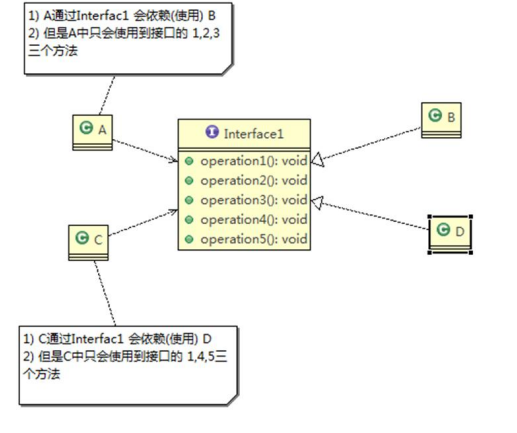
- 类 A 通过接口 Interface1 依赖类 B,类 C 通过接口 Interface1 依赖类 D,如果接口 Interface1 对于类 A 和类 C来说不是最小接口,那么类 B 和类 D 必须去实现他们不需要的方法。
- 按隔离原则应当这样处理:将接口 Interface1 拆分为独立的几个接口(这里我们拆分成 3 个接口),类 A 和类 C 分别与他们需要的接口建立 依赖关系。也就是采用接口隔离原则
package com.atguigu.principle.segregation;
public class Segregation1 {
public static void main(String[] args) {
// TODO Auto-generated method stub
}
}
//接口
interface Interface1 {
void operation1();
void operation2();
void operation3();
void operation4();
void operation5();
}
class B implements Interface1 {
public void operation1() {
System.out.println("B 实现了 operation1");
}
public void operation2() {
System.out.println("B 实现了 operation2");
}
public void operation3() {
System.out.println("B 实现了 operation3");
}
public void operation4() {
System.out.println("B 实现了 operation4");
}
public void operation5() {
System.out.println("B 实现了 operation5");
}
}
class D implements Interface1 {
public void operation1() {
System.out.println("D 实现了 operation1");
}
public void operation2() {
System.out.println("D 实现了 operation2");
}
public void operation3() {
System.out.println("D 实现了 operation3");
}
public void operation4() {
System.out.println("D 实现了 operation4");
}
public void operation5() {
System.out.println("D 实现了 operation5");
}
}
class A { //A 类通过接口Interface1 依赖(使用) B类,但是只会用到1,2,3方法
public void depend1(Interface1 i) {
i.operation1();
}
public void depend2(Interface1 i) {
i.operation2();
}
public void depend3(Interface1 i) {
i.operation3();
}
}
class C { //C 类通过接口Interface1 依赖(使用) D类,但是只会用到1,4,5方法
public void depend1(Interface1 i) {
i.operation1();
}
public void depend4(Interface1 i) {
i.operation4();
}
public void depend5(Interface1 i) {
i.operation5();
}
}
3.2 接口隔离设计及实现
- 类 A 通过接口 Interface1 依赖类 B,类 C 通过接口 Interface1 依赖类 D,如果接口 Interface1 对于类 A 和类 C
来说不是最小接口,那么类 B 和类 D 必须去实现他们不需要的方法 将接口 Interface1 拆分为独立的几个接口,类 A 和类 C 分别与他们需要的接口建立依赖关系。也就是采用接口
隔离原则- 接口 Interface1 中出现的方法,根据实际情况拆分为三个接口
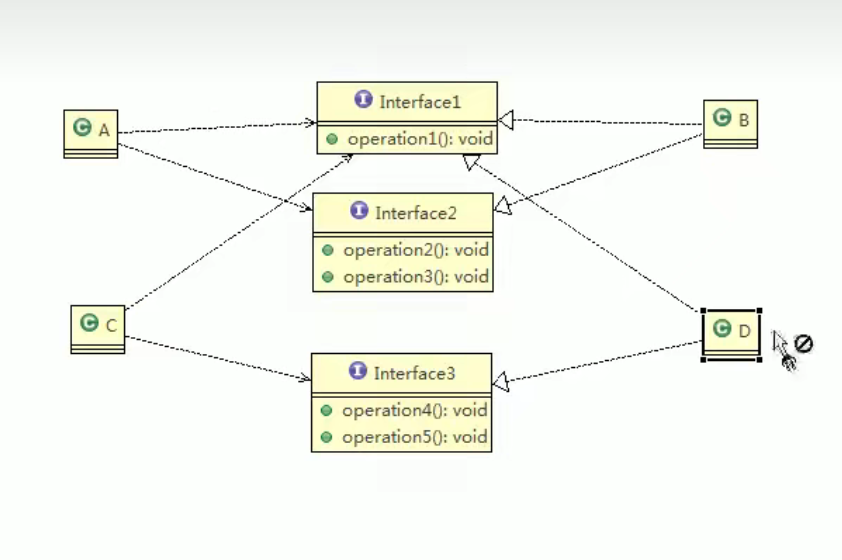
package com.atguigu.principle.segregation.improve;
public class Segregation1 {
public static void main(String[] args) {
// TODO Auto-generated method stub
// 使用一把
A a = new A();
a.depend1(new B()); // A类通过接口去依赖B类
a.depend2(new B());
a.depend3(new B());
C c = new C();
c.depend1(new D()); // C类通过接口去依赖(使用)D类
c.depend4(new D());
c.depend5(new D());
}
}
// 接口1
interface Interface1 {
void operation1();
}
// 接口2
interface Interface2 {
void operation2();
void operation3();
}
// 接口3
interface Interface3 {
void operation4();
void operation5();
}
class B implements Interface1, Interface2 {
public void operation1() {
System.out.println("B 实现了 operation1");
}
public void operation2() {
System.out.println("B 实现了 operation2");
}
public void operation3() {
System.out.println("B 实现了 operation3");
}
}
class D implements Interface1, Interface3 {
public void operation1() {
System.out.println("D 实现了 operation1");
}
public void operation4() {
System.out.println("D 实现了 operation4");
}
public void operation5() {
System.out.println("D 实现了 operation5");
}
}
class A { // A 类通过接口Interface1,Interface2 依赖(使用) B类,但是只会用到1,2,3方法
public void depend1(Interface1 i) {
i.operation1();
}
public void depend2(Interface2 i) {
i.operation2();
}
public void depend3(Interface2 i) {
i.operation3();
}
}
class C { // C 类通过接口Interface1,Interface3 依赖(使用) D类,但是只会用到1,4,5方法
public void depend1(Interface1 i) {
i.operation1();
}
public void depend4(Interface3 i) {
i.operation4();
}
public void depend5(Interface3 i) {
i.operation5();
}
}

4、依赖倒置原则
4.1 基本介绍
依赖倒转原则(Dependence Inversion Principle)是指:
- 高层模块不应该依赖低层模块,二者都应该依赖其抽象
- 抽象不应该依赖细节,细节应该依赖抽象
- 依赖倒转(倒置)的中心思想是面向接口编程
- 依赖倒转原则是基于这样的设计理念:相对于细节的多变性,抽象的东西要稳定的多。以抽象为基础搭建的架构比以细节为基础的架构要稳定的多。在 java 中,抽象指的是接口或抽象类,细节就是具体的实现类
- 使用接口或抽象类的目的是制定好规范,而不涉及任何具体的操作,把展现细节的任务交给他们的实现类去完成
package com.atguigu.principle.inversion;
public class DependecyInversion {
public static void main(String[] args) {
Person person = new Person();
person.receive(new Email());
}
}
class Email {
public String getInfo() {
return "电子邮件信息: hello,world";
}
}
//完成Person接收消息的功能
//方式1分析
//1. 简单,比较容易想到
//2. 如果我们获取的对象是 微信,短信等等,则新增类,同时Perons也要增加相应的接收方法
//3. 解决思路:引入一个抽象的接口IReceiver, 表示接收者, 这样Person类与接口IReceiver发生依赖
// 因为Email, WeiXin 等等属于接收的范围,他们各自实现IReceiver 接口就ok, 这样我们就符号依赖倒转原则
class Person {
public void receive(Email email ) {
System.out.println(email.getInfo());
}
}
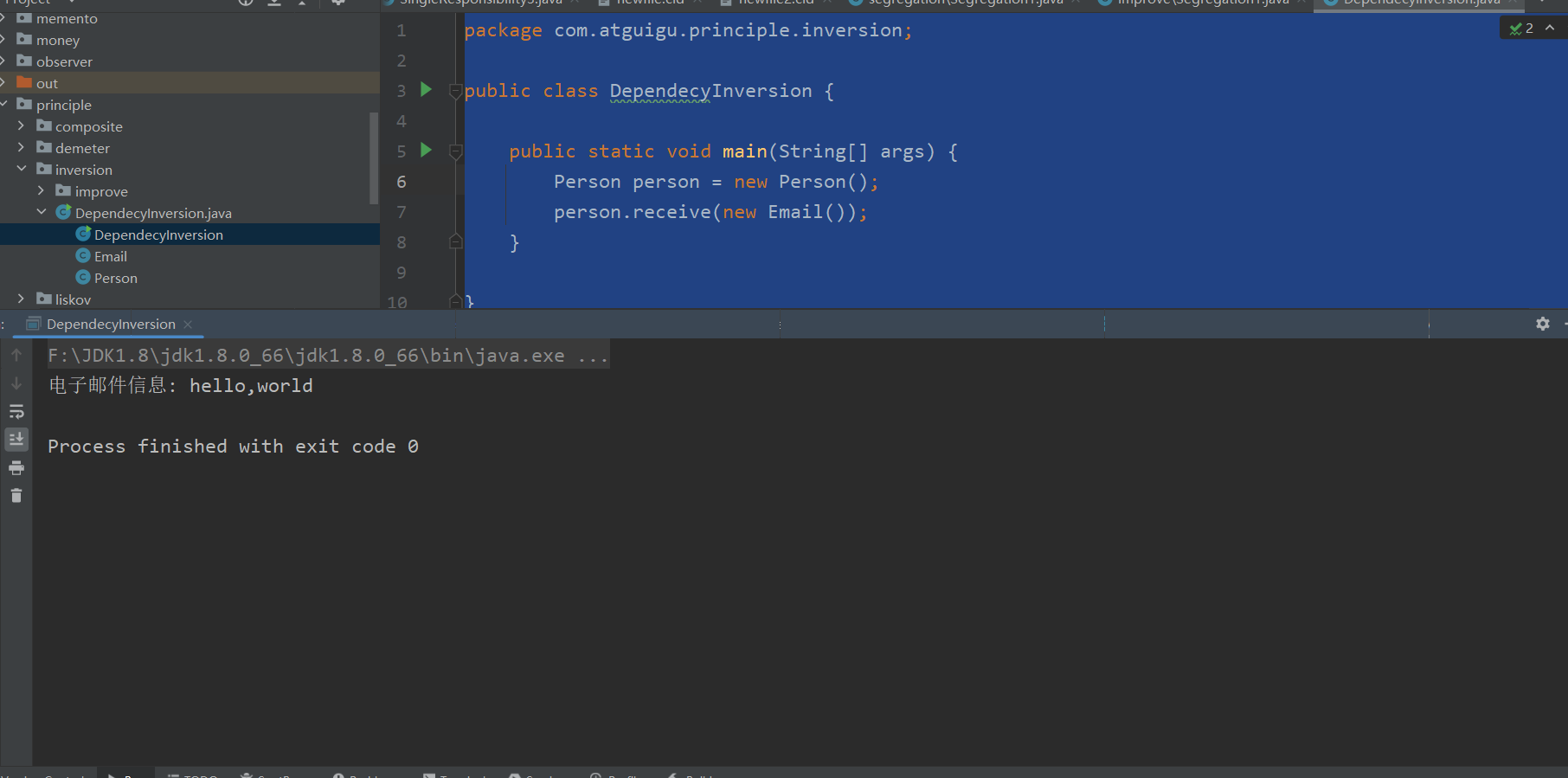
4.2 改进
package com.atguigu.principle.inversion.improve;
public class DependecyInversion {
public static void main(String[] args) {
//客户端无需改变
Person person = new Person();
person.receive(new Email());
person.receive(new WeiXin());
}
}
//定义接口
interface IReceiver {
public String getInfo();
}
class Email implements IReceiver {
public String getInfo() {
return "电子邮件信息: hello,world";
}
}
//增加微信
class WeiXin implements IReceiver {
public String getInfo() {
return "微信信息: hello,ok";
}
}
//方式2
class Person {
//这里我们是对接口的依赖
public void receive(IReceiver receiver ) {
System.out.println(receiver.getInfo());
}
}
4.3 依赖关系传递的三种方式和应用案例
- 接口传递
应用案例代码 - 构造方法传递
应用案例代码 - setter 方式传递
package com.atguigu.principle.inversion.improve;
public class DependencyPass {
public static void main(String[] args) {
// TODO Auto-generated method stub
ChangHong changHong = new ChangHong();
// OpenAndClose openAndClose = new OpenAndClose();
// openAndClose.open(changHong);
//通过构造器进行依赖传递
// OpenAndClose openAndClose = new OpenAndClose(changHong);
// openAndClose.open();
//通过setter方法进行依赖传递
OpenAndClose openAndClose = new OpenAndClose();
openAndClose.setTv(changHong);
openAndClose.open();
}
}
// 方式1: 通过接口传递实现依赖
// 开关的接口
// interface IOpenAndClose {
// public void open(ITV tv); //抽象方法,接收接口
// }
//
// interface ITV { //ITV接口
// public void play();
// }
// class ChangHong implements ITV {
//
// @Override
// public void play() {
// // TODO Auto-generated method stub
// System.out.println("长虹电视机,打开");
// }
//
// }
实现接口
// class OpenAndClose implements IOpenAndClose{
// public void open(ITV tv){
// tv.play();
// }
// }
// 方式2: 通过构造方法依赖传递
// interface IOpenAndClose {
// public void open(); //抽象方法
// }
// interface ITV { //ITV接口
// public void play();
// }
// class OpenAndClose implements IOpenAndClose{
// public ITV tv; //成员
// public OpenAndClose(ITV tv){ //构造器
// this.tv = tv;
// }
// public void open(){
// this.tv.play();
// }
// }
// 方式3 , 通过setter方法传递
interface IOpenAndClose {
public void open(); // 抽象方法
public void setTv(ITV tv);
}
interface ITV { // ITV接口
public void play();
}
class OpenAndClose implements IOpenAndClose {
private ITV tv;
public void setTv(ITV tv) {
this.tv = tv;
}
public void open() {
this.tv.play();
}
}
class ChangHong implements ITV {
@Override
public void play() {
// TODO Auto-generated method stub
System.out.println("长虹电视机,打开");
}
}
4.4 依赖倒转原则的注意事项和细节
- 低层模块尽量都要有抽象类或接口,或者两者都有,程序稳定性更好.
- 变量的声明类型尽量是抽象类或接口, 这样我们的变量引用和实际对象间,就存在一个缓冲层,利于程序扩展和优化
- 继承时遵循里氏替换原则
5、里氏替换原则
5.1 OO 中的继承性的思考和说明
- 继承包含这样一层含义:父类中凡是已经实现好的方法,实际上是在设定规范和契约,虽然它不强制要求所有的子类必须遵循这些契约,但是如果子类对这些已经实现的方法任意修改,就会对整个继承体系造成破坏。
- 继承在给程序设计带来便利的同时,也带来了弊端。比如使用继承会给程序带来侵入性,程序的可移植性降低,增加对象间的耦合性,如果一个类被其他的类所继承,则当这个类需要修改时,必须考虑到所有的子类,并且父类修改后,所有涉及到子类的功能都有可能产生故障
- 问题提出:在编程中,如何正确的使用继承? => 里氏替换原则
5.2基本介绍
- 里氏替换原则(Liskov Substitution Principle)在 1988 年,由麻省理工学院的以为姓里的女士提出的。
- 如果对每个类型为 T1 的对象 o1,都有类型为 T2 的对象 o2,使得以 T1 定义的所有程序 P 在所有的对象 o1 都代换成 o2 时,程序 P 的行为没有发生变化,那么类型 T2 是类型 T1 的子类型。换句话说,所有引用基类的地方必须能透明地使用其子类的对象。
- 在使用继承时,遵循里氏替换原则,在子类中尽量不要重写父类的方法
- 里氏替换原则告诉我们,继承实际上让两个类耦合性增强了,在适当的情况下,可以通过
聚合,组合,依赖来解决问题
5.3 例子
package com.atguigu.principle.liskov;
public class Liskov {
public static void main(String[] args) {
// TODO Auto-generated method stub
A a = new A();
System.out.println("11-3=" + a.func1(11, 3));
System.out.println("1-8=" + a.func1(1, 8));
System.out.println("-----------------------");
B b = new B();
System.out.println("11-3=" + b.func1(11, 3));//这里本意是求出11-3
System.out.println("1-8=" + b.func1(1, 8));// 1-8
System.out.println("11+3+9=" + b.func2(11, 3));
}
}
// A类
class A {
// 返回两个数的差
public int func1(int num1, int num2) {
return num1 - num2;
}
}
// B类继承了A
// 增加了一个新功能:完成两个数相加,然后和9求和
class B extends A {
//这里,重写了A类的方法, 可能是无意识
public int func1(int a, int b) {
return a + b;
}
public int func2(int a, int b) {
return func1(a, b) + 9;
}
}
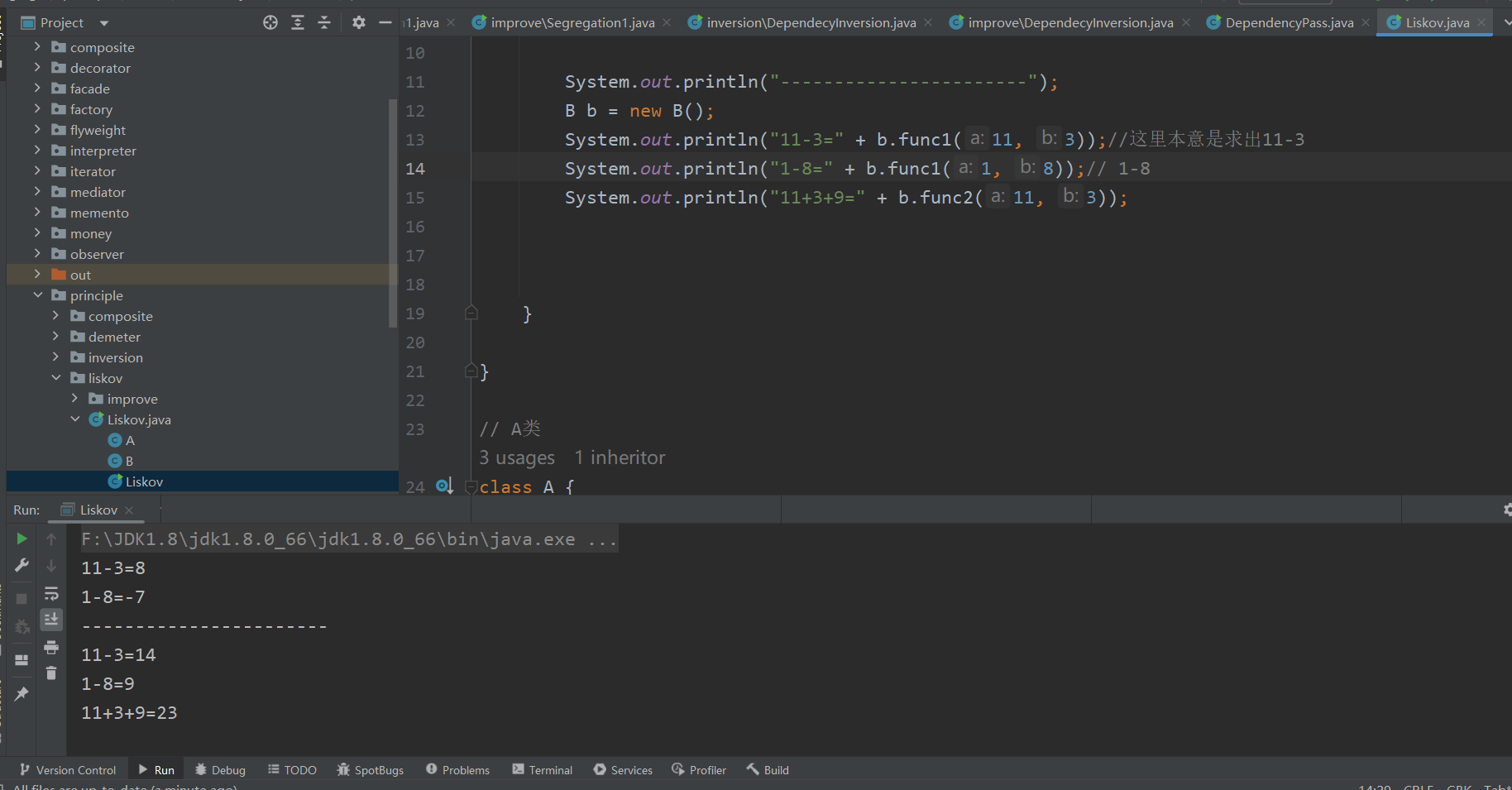
5.4 优化
- 我们发现原来运行正常的相减功能发生了错误。原因就是类 B 无意中重写了父类的方法,造成原有功能出现错误。在实际编程中,我们常常会通过重写父类的方法完成新的功能,这样写起来虽然简单,但整个继承体系的复用性会比较差。特别是运行多态比较频繁的时候
- 通用的做法是:原来的父类和子类都继承一个更通俗的基类,原有的继承关系去掉,采用依赖,聚合,组合等关系代替.
- 改进方案
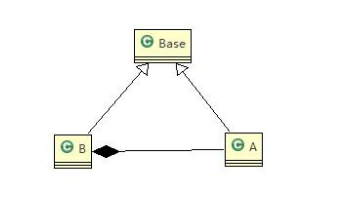
package com.atguigu.principle.liskov.improve;
public class Liskov {
public static void main(String[] args) {
// TODO Auto-generated method stub
A a = new A();
System.out.println("11-3=" + a.func1(11, 3));
System.out.println("1-8=" + a.func1(1, 8));
System.out.println("-----------------------");
B b = new B();
//因为B类不再继承A类,因此调用者,不会再func1是求减法
//调用完成的功能就会很明确
System.out.println("11+3=" + b.func1(11, 3));//这里本意是求出11+3
System.out.println("1+8=" + b.func1(1, 8));// 1+8
System.out.println("11+3+9=" + b.func2(11, 3));
//使用组合仍然可以使用到A类相关方法
System.out.println("11-3=" + b.func3(11, 3));// 这里本意是求出11-3
}
}
//创建一个更加基础的基类
class Base {
//把更加基础的方法和成员写到Base类
}
// A类
class A extends Base {
// 返回两个数的差
public int func1(int num1, int num2) {
return num1 - num2;
}
}
// B类继承了A
// 增加了一个新功能:完成两个数相加,然后和9求和
class B extends Base {
//如果B需要使用A类的方法,使用组合关系
private A a = new A();
//这里,重写了A类的方法, 可能是无意识
public int func1(int a, int b) {
return a + b;
}
public int func2(int a, int b) {
return func1(a, b) + 9;
}
//我们仍然想使用A的方法
public int func3(int a, int b) {
return this.a.func1(a, b);
}
}

6、开闭原则
6.1 基本介绍
- 开闭原则(Open Closed Principle)是编程中最基础、最重要的设计原则
- 一个软件实体如类,模块和函数应该
对扩展开放(对提供方),对修改关闭(对使用方)。用抽象构建框架,用实现扩展细节。 - 当软件需要变化时,尽量通过扩展软件实体的行为来实现变化,而不是通过修改已有的代码来实现变化。
- 编程中遵循其它原则,以及使用设计模式的目的就是遵循开闭原则。
6.2 例子
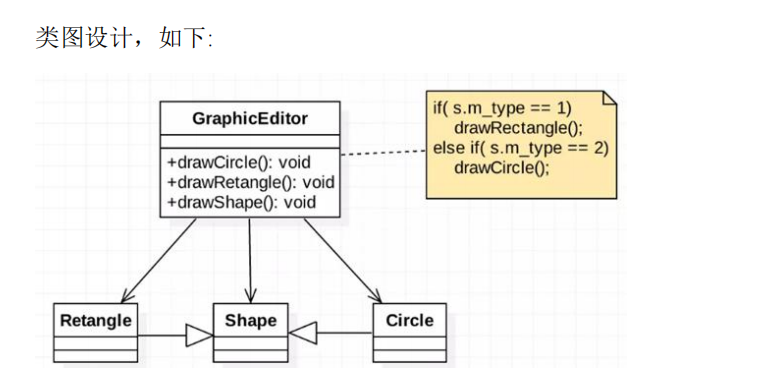
package com.atguigu.principle.ocp;
public class Ocp {
public static void main(String[] args) {
//使用看看存在的问题
GraphicEditor graphicEditor = new GraphicEditor();
graphicEditor.drawShape(new Rectangle());
graphicEditor.drawShape(new Circle());
graphicEditor.drawShape(new Triangle());
}
}
//这是一个用于绘图的类 [使用方]
class GraphicEditor {
//接收Shape对象,然后根据type,来绘制不同的图形
public void drawShape(Shape s) {
if (s.m_type == 1)
drawRectangle(s);
else if (s.m_type == 2)
drawCircle(s);
else if (s.m_type == 3)
drawTriangle(s);
}
//绘制矩形
public void drawRectangle(Shape r) {
System.out.println(" 绘制矩形 ");
}
//绘制圆形
public void drawCircle(Shape r) {
System.out.println(" 绘制圆形 ");
}
//绘制三角形
public void drawTriangle(Shape r) {
System.out.println(" 绘制三角形 ");
}
}
//Shape类,基类
class Shape {
int m_type;
}
class Rectangle extends Shape {
Rectangle() {
super.m_type = 1;
}
}
class Circle extends Shape {
Circle() {
super.m_type = 2;
}
}
//新增画三角形
class Triangle extends Shape {
Triangle() {
super.m_type = 3;
}
}
6.3 优化
方式 1 的优缺点
- 优点是比较好理解,简单易操作。
- 缺点是违反了设计模式的 ocp 原则,即对扩展开放(提供方),对修改关闭(使用方)。即当我们给类增加新功能的时候,尽量不修改代码,或者尽可能少修改代码.
- 比如我们这时要新增加一个图形种类 三角形,我们需要做如下修改,修改的地方较多
改进的思路分析
思路:把创建 Shape 类做成抽象类,并提供一个抽象的 draw 方法,让子类去实现即可,这样我们有新的图形种类时,只需要让新的图形类继承 Shape,并实现 draw 方法即可,使用方的代码就不需要修改 -> 满足了开闭原则
package com.atguigu.principle.ocp.improve;
public class Ocp {
public static void main(String[] args) {
//使用看看存在的问题
GraphicEditor graphicEditor = new GraphicEditor();
graphicEditor.drawShape(new Rectangle());
graphicEditor.drawShape(new Circle());
graphicEditor.drawShape(new Triangle());
graphicEditor.drawShape(new OtherGraphic());
}
}
//这是一个用于绘图的类 [使用方]
class GraphicEditor {
//接收Shape对象,调用draw方法
public void drawShape(Shape s) {
s.draw();
}
}
//Shape类,基类
abstract class Shape {
int m_type;
public abstract void draw();//抽象方法
}
class Rectangle extends Shape {
Rectangle() {
super.m_type = 1;
}
@Override
public void draw() {
// TODO Auto-generated method stub
System.out.println(" 绘制矩形 ");
}
}
class Circle extends Shape {
Circle() {
super.m_type = 2;
}
@Override
public void draw() {
// TODO Auto-generated method stub
System.out.println(" 绘制圆形 ");
}
}
//新增画三角形
class Triangle extends Shape {
Triangle() {
super.m_type = 3;
}
@Override
public void draw() {
// TODO Auto-generated method stub
System.out.println(" 绘制三角形 ");
}
}
//新增一个图形
class OtherGraphic extends Shape {
OtherGraphic() {
super.m_type = 4;
}
@Override
public void draw() {
// TODO Auto-generated method stub
System.out.println(" 绘制其它图形 ");
}
}



